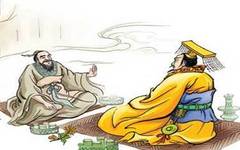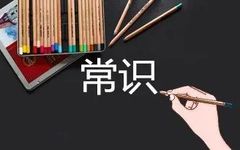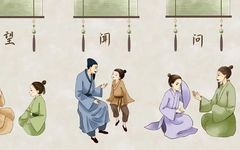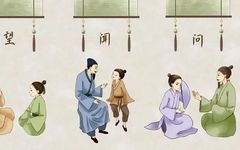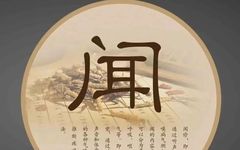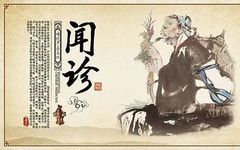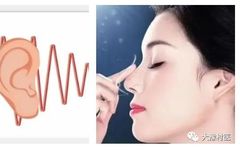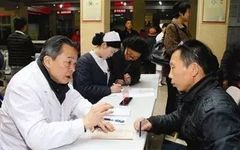How the ‘Five Sounds’ in Auscultation are Used for Diagnosis
Question How are the ‘Five Sounds’ in auscultation used for diagnosis? Ouyang Qi The pronunciation of a person must be coordinated between the mouth, tongue, lips, and teeth to be accurate. Therefore, the “Lingshu: Worry and Anger Without Words” states: “The entire mouth is the door of sound; the lips are the fan of sound; … Read more

